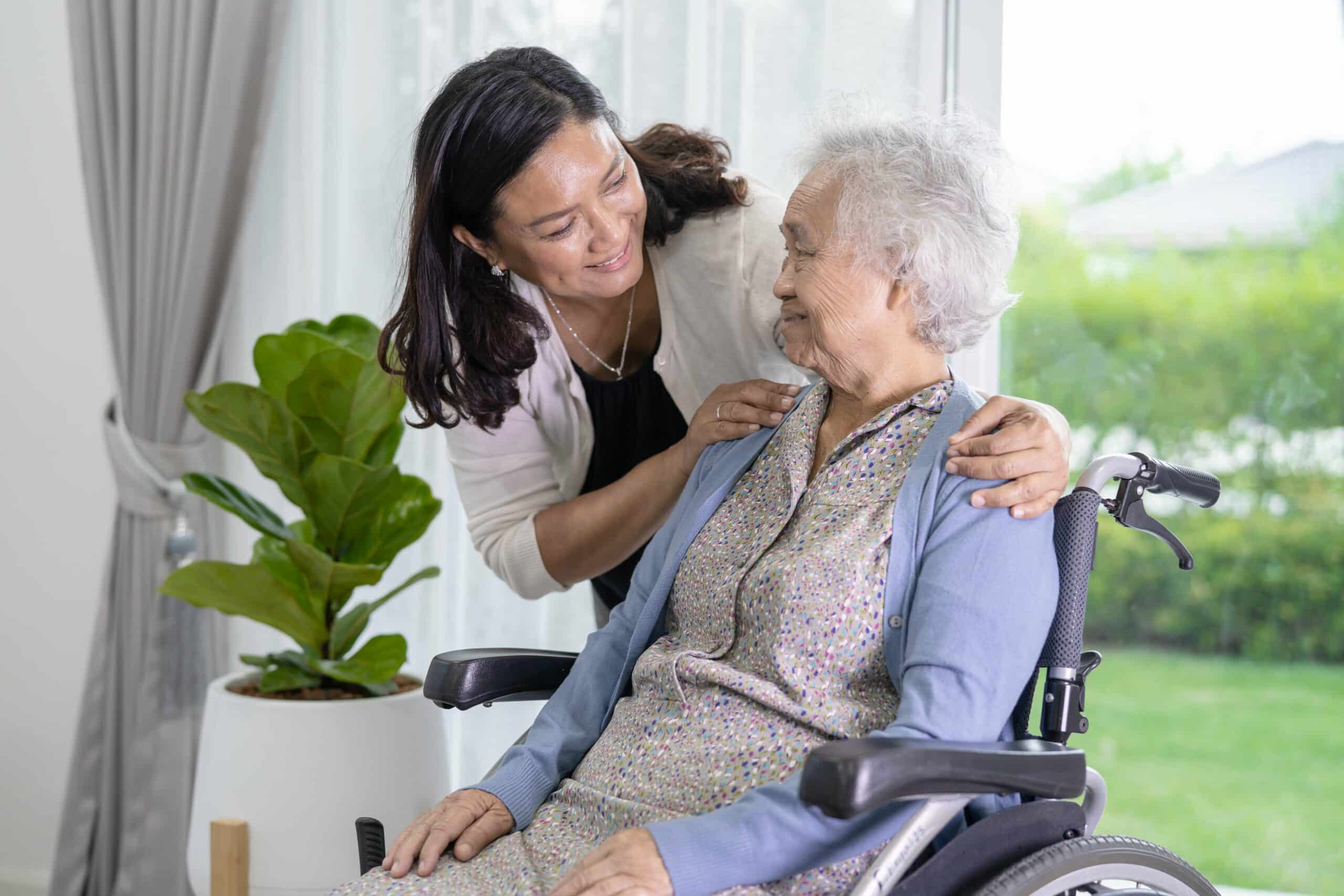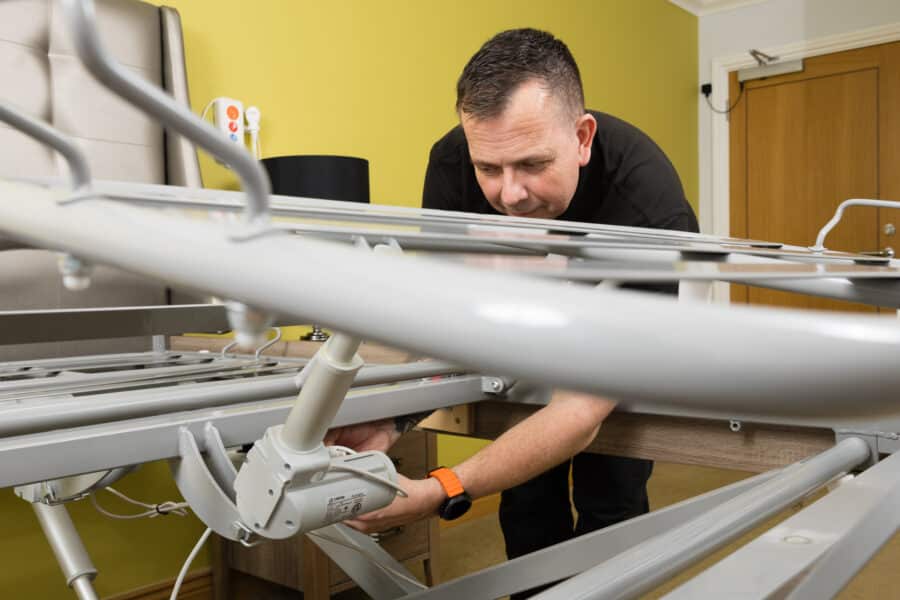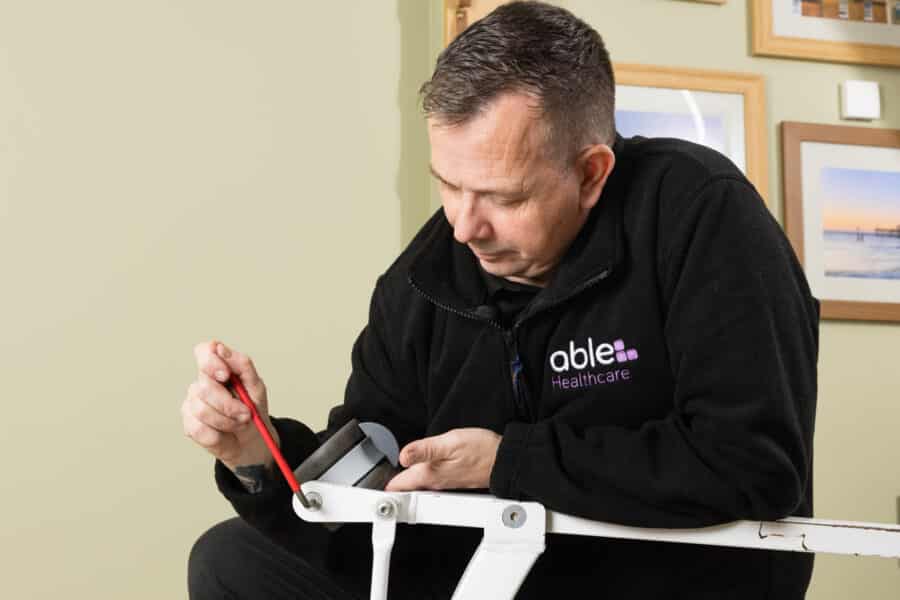Transporting residents safely is one of the most important responsibilities in any care home. When a wheelchair doubles as a seat in a vehicle, the risk increases. That’s where crash tested wheelchairs come in. These chairs meet international standards, such as ISO 7176-19, and provide added protection during journeys. However, simply owning the right equipment is not enough. Care homes also need clear, practical steps to ensure residents travel safely every time.
In this guide, we’ll cover straightforward tips for using crash tested wheelchairs in care homes, from identifying securement points to training staff effectively.
What Makes a Wheelchair “Crash Tested”?
Not all wheelchairs are designed for use as a motor vehicle seat. A crash tested wheelchair has undergone rigorous testing to prove that it can withstand the forces of a 30 mph impact. These tests also confirm that the securement points and restraints keep the user protected.
For care homes, this matters because residents often travel to medical appointments, day services, or family visits. Using a crash tested wheelchair reduces risk and demonstrates compliance with safety standards. You can explore a full range of wheelchair options here: Able Cleaning & Hygiene – Wheelchairs.
Tip 1: Identify Securement Points Correctly
Every crash tested wheelchair has manufacturer-approved anchor points. These points are marked clearly and built to handle the strain of tie-downs. Staff must always use these areas, never removable parts like footrests or arm supports. Otherwise, the wheelchair can shift dangerously in transit.
If your care home uses mixed equipment, keep a quick reference guide in your transport vehicle. This saves time and ensures staff know where to attach straps, even with different wheelchair models.
Tip 2: Always Use a Four-Point Tie-Down System
A safe journey requires more than one strap. The four-point tie-down system is the gold standard for securing crash tested wheelchairs. Two straps anchor the front, and two secure the rear. Together, they prevent forward movement, tipping, or rotation.
Angles matter too. Position rear straps at about 30–45° for maximum stability. Training staff to set these angles correctly reduces the risk of error.
Tip 3: Position Safety Belts Properly
Wheelchair tie-downs secure the chair itself, but residents also need restraint systems. Always use both a lap belt and a shoulder belt when possible. The lap belt should sit low across the pelvis, while the shoulder belt should cross the chest without touching the neck.
Some crash tested wheelchairs include built-in belts. Others require additional restraint systems. Either way, proper belt placement is essential for resident safety and comfort.
Tip 4: Follow Manufacturer Instructions Without Exception
Each wheelchair model has its own safety guidelines. Manufacturers provide user manuals for a reason. Staff should always follow these instructions carefully. Modifying securement areas or skipping steps increases risk and could even void compliance.
If you supply new wheelchairs to your care home, consider creating a quick checklist from the manufacturer’s manual. That way, staff can follow a simplified version in day-to-day practice.
Tip 5: Inspect After Every Incident
Even if a wheelchair looks fine after a sudden stop or minor accident, damage may not be visible. Frames, securement points, or belts could be weakened. That’s why crash tested wheelchairs should be inspected by a qualified technician after any incident.
Care homes can reduce downtime by working with trusted service providers. At Able, we offer equipment servicing and LOLER testing to keep mobility equipment in safe working order.
Tip 6: Train Staff Regularly
Equipment is only as safe as the staff who use it. Training should cover:
-
How to identify anchor points.
-
How to secure tie-downs correctly.
-
How to fit belts and restraints.
-
What to check before transport begins.
Practical, hands-on sessions are best. Staff confidence grows when they practice on actual wheelchairs used in the care home. Refresher sessions ensure knowledge stays up to date.
Tip 7: Invest in the Right Equipment
Finally, care homes must plan for safe investment. Not every wheelchair is crash tested, and not every resident needs one. However, for those who travel frequently, these wheelchairs are essential.
When sourcing new equipment, always confirm crash test compliance. You can work with suppliers like Able to supply equipment that meets the highest safety standards.
Conclusion
Crash tested wheelchairs give residents greater protection during transport, but they only work when care staff use them correctly. By identifying securement points, using four-point tie-downs, positioning belts properly, and training regularly, care homes can make every journey safer.
Safe transport is not just about compliance—it’s about peace of mind for residents, families, and staff alike. With the right equipment and practical steps, care homes can meet standards and protect those who depend on them most. If you’d like personalised advice and support on your equipment, complete the form below to book a consultation.
Crash Tested Wheelchairs FAQ’s
2) Do all wheelchairs meet ISO 7176-19?
No. Only models designed and tested for transport do. Always check the manufacturer’s documentation.
3) How should a crash tested wheelchair be secured in a vehicle?
Use a four-point tie-down (two front, two rear) attached only to the manufacturer-marked securement points.
4) What belt system should residents use during travel?
A lap belt low over the pelvis and a shoulder belt across the chest (not the neck), either built-in or from the vehicle system.
5) What tie-down angles are best?
Rear straps set roughly 30–45° help limit forward movement and rotation. Follow the vehicle/tie-down maker’s guidance.
6) When should equipment be inspected?
Before each journey and after any incident (sudden stop, impact). If in doubt, remove from service and get a qualified check.
7) What are common mistakes to avoid?
Clipping to removable parts (footrests/arms), crossing straps incorrectly, poor belt positioning, and ignoring manuals.
8) How can care homes keep staff confident and compliant?
Provide hands-on training and refreshers, keep a quick-reference guide in vehicles, and maintain up-to-date service/inspection records.





